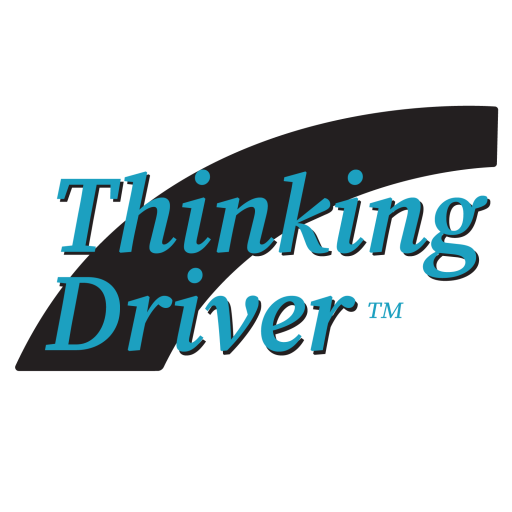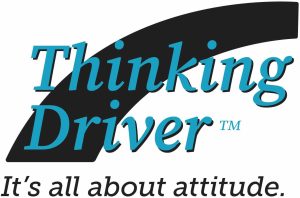Safety Meeting Planner & Agenda
Bicycles!
Meeting Leader:
- Prepare in advance to make this meeting effective.
- Print and read over this entire agenda.
- Think about how you want to lead the meeting.
- Is there anything that is specific to your company or operation that you can include to personalize the information?
Start Your Meeting!
Opening Statement:
Other road users that drivers need to be aware of on the road are pedestrians, motorcycles and of particular note, cyclists. Cyclists can come from a full spectrum of ages and abilities. Like drivers, cyclists must also follow the regulations for road users and the challenges they pose to drivers.
The Questions for this Meeting:
Q: What types of cyclists can be expected on roadways?
Answers may be:
• Those little ones just learning and wobbling around with or without training wheels;
• Experienced cyclists commuting to and from work;
• Racers training for the next event;
• Recreational cyclists on mountain bikes or cruiser.
Q: What challenges do bicyclists pose to drivers?
Answers:
• Dealing with cyclists can be frustrating, particularly if they are slow and in your lane where you don’t have room to pass.
• Every cyclist has different skill levels and capabilities and a different attitude towards traffic.
• They are not permitted to ride on the sidewalks and gravel shoulders are difficult and dangerous for most cyclists; they are required to be on the roadway and it’s everyone’s responsibility to share.
• They don’t all use hand signals to communicate intent.
Q: How does a cyclist communicate when on the road?
Answer:
While cyclists are required (like other road users) to signal, they also need to keep their hands stationed on the handle bars at all times for steering and to control the brakes. This hinders their ability to use hand signals to communicate intents such as a left or right turn. Being aware of a cyclist’s bike lane position will help a driver anticipate the cyclist’s next movement.
Tailgate Tips:
Apply Thinking Driver’s 5 Fundamentals:
“Think and Look Ahead” to develop your vision skills.
1. Keep Your Eyes Up: It’s tempting to look down and over the hood of the car at the center line or the tail lights in front of you. It’s much more effective to keep your eyes up.
2. Eye Lead Time: Look 12 to 15 seconds ahead of where your vehicle is at any given time and actively search for cyclists.
3. Move Your Eyes: This takes practice and intent. Look left, right, ahead and into mirrors. Cyclists are small and difficult to see and they may position themselves in your blind spots. Moving your eyes is particularly important to see to the side because your peripheral vision becomes increasingly ineffective as your speed increases.
4. See the Big Picture: By moving your eyes, you get a ‘big picture’ perspective of the traffic environment and your place in it.
5. Eye Contact: The way to know if a cyclist sees you is to make eye contact with them. If they are looking at you and you see them making eye contact with you, you can be fairly sure (but not guaranteed) that they see you.
“Keep Your Options Open” and “Keep Space Around You”:
Manage your space effectively and don’t crowd cyclists particularly as you pass.
Keep a sharp eye out for cyclists and when passing them, leave lots of room. One small wobble or bump can send them right into your path. The best plan is to wait until you can move way over into the other lane and not pass closely or squeeze them towards the curb or ditch. Many jurisdictions are writing in new legislation than mandates bicyclists to ride 1 meter away from parked cars. New riders are focussed on controlling the bike and are easily startled by closely passing cars. This can cause them to jerk the handlebars and lose control!
Practical Challenge:
For the next week, make a point of:
• Scanning sidewalks and shoulders, in both directions for bicyclists.
• Give them room as you pass them, SHARE THE ROAD.
• Practise patience with cyclists as they share the road with you.









